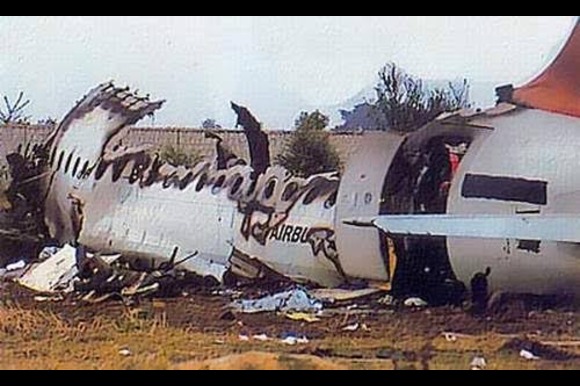
By FAA - Wikipedia
Flight recorder data from the Air India crash earlier this month has been successfully recovered, the country’s civil aviation ministry confirmed, marking a significant milestone in the ongoing investigation into the tragic accident.
At least 270 people lost their lives when the Boeing 787-8 Dreamliner, en route to London, crashed less than a minute after taking off from Ahmedabad airport in western India on 12 June. The incident has quickly become one of India’s most confounding aviation disasters in recent memory.
Authorities recovered both sets of Enhanced Airborne Flight Recorders (EAFRs) — commonly referred to as “black boxes” — from the wreckage site in the days following the crash. One recorder was retrieved from a rooftop on 13 June, while the second was found amidst the debris on 16 June.
Although investigators now have access to the data, it could be several weeks before federal authorities are able to release any findings from the recovered recorders.
The Boeing 787 aircraft is equipped with dual recorder units designed to provide a detailed picture of a flight’s final moments. These include both the cockpit voice recorder (CVR), which captures pilot communications and ambient cockpit sounds, and the flight data recorder (FDR), which logs thousands of parameters including engine performance, fuel flow, gear position, thrust levels, and emergency system activations such as fire handles.
Together, the CVR and FDR are key tools in reconstructing the timeline of events leading up to the crash and determining its underlying cause.
According to the aviation ministry, a specialized team led by India’s Aircraft Accident Investigation Bureau (AAIB), with technical support from the US National Transportation Safety Board (NTSB), accessed the recorder data on Wednesday.
“The analysis of CVR and FDR data is underway,” the ministry said in an official statement. “These efforts aim to reconstruct the sequence of events leading to the accident and identify contributing factors to enhance aviation safety and prevent future occurrences.”
Jennifer Homendy, chair of the NTSB, told Reuters that she is hopeful the Indian government will release information from the investigation soon. “For aviation safety and for public safety and public awareness, we hope that they will make their findings public swiftly,” she said during remarks at an aviation event.
Homendy praised the Indian authorities and the AAIB for their cooperation, noting that the NTSB team has been working diligently to support the Indian-led probe.
However, the nearly two-week delay in accessing the flight recorder data has sparked questions among aviation analysts, some of whom consider the lag to be atypical in cases involving modern aircraft with advanced data recovery systems.
Air India Flight 171 had been airborne for less than 40 seconds when it plunged into a densely populated area of Ahmedabad, killing all but one of the 242 passengers on board. The aircraft was commanded by Captain Sumeet Sabharwal and co-pilot Clive Kundar. It lifted off at 13:39 local time, and issued a mayday call moments later — a call that turned out to be the aircraft’s final transmission.




